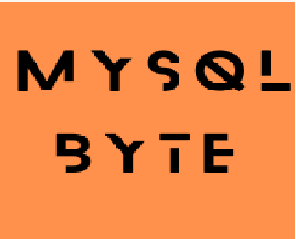Here's how MHA works:
1. Master Server: In a typical MHA setup, you have one master server, which is the primary database server that handles all write operations and serves as the source of truth for the database.
2. Slave Servers: Multiple slave servers replicate data from the master server. These servers are configured to receive read queries and can also be used for failover in case the master server becomes unavailable.
3. MHA Manager: The MHA manager is a component responsible for monitoring the master server's health and managing the failover process. It runs on a separate server and communicates with the master and slave servers.
4. Monitoring: MHA Manager continuously monitors the master server by periodically checking its availability and health. It uses various methods, such as checking the status of the MySQL server, executing simple queries, or monitoring the server's replication status.
5. Failover: If the MHA manager detects that the master server is unavailable or unhealthy, it initiates a failover process. During a failover, one of the slave servers is promoted to become the new master, and the other slaves are reconfigured to replicate from the new master.
6. Configuration Management: MHA Manager manages the configuration of the master and slave servers. It automatically updates the MySQL replication settings on the slave servers to replicate from the new master during failover.
7. Recovery: After the failover process is complete, the MHA manager ensures that the new master server is synchronized with the previous master's data. It coordinates the recovery process and ensures data consistency across the database cluster.
MHA provides an automated and reliable failover mechanism, reducing downtime and ensuring high availability for MySQL database deployments. It is commonly used in production environments where continuous availability is critical for applications relying on MySQL databases.
It's important to note that while MHA can handle failover and replication management, it does not handle other aspects like data backup, schema changes, or load balancing. Additional tools or techniques might be needed to address those requirements in conjunction with MHA.


No comments:
Post a Comment